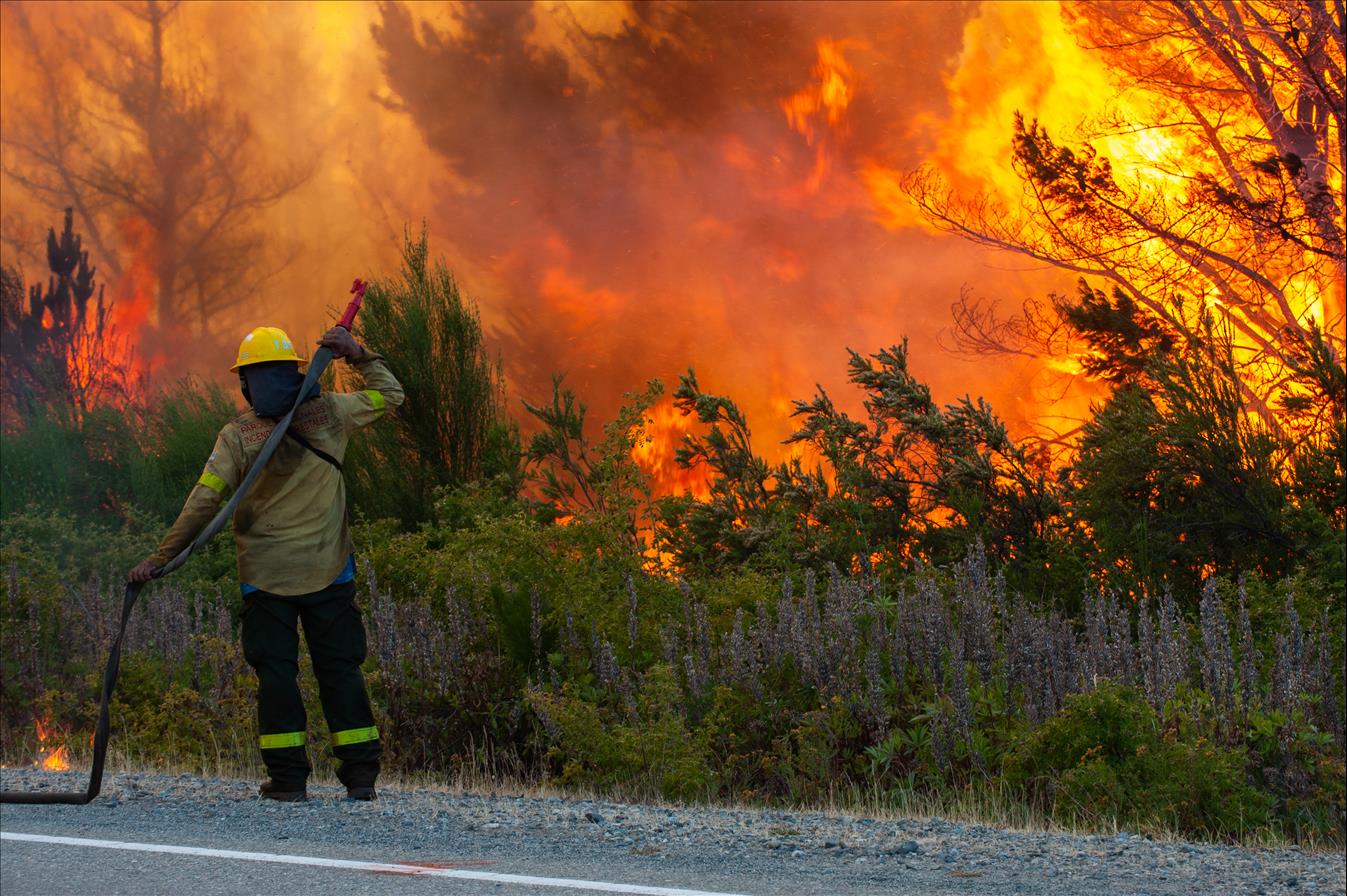
Methane Emissions Reach New Highs Despite Pandemic They Are Four Times More Sensitive To Climate Change Than First Thought
Eliminating emissions of CO₂ is high up the environmental agenda – but the world should not lose sight of the threat from methane. There has been a disturbing recent surge in atmospheric methane, which is more than 25 times more potent as a greenhouse gas over the course of a century than CO₂.
Anthropogenic methane emissions account for roughly 60% of the total and come mainly from agriculture, in particular beef and dairy farms and paddy fields, as well as from oil and gas wells and coal mines, and from sewage treatment plants and landfills. Methane is also emitted naturally from wetlands, sometimes known as marsh or swamp gas, which makes up the remaining 40%.
The latest report from the Intergovernmental Panel on Climate Change (IPCC) showed that methane is responsible for around one-third of the estimated 1.5°C of global warming (sulphur dioxide emissions have contributed around 0.5°C of cooling , so total warming is now just over 1°C since pre-industrial times), with around half due to CO₂.
Scientists have puzzled over the fact that methane emissions have not only grown rapidly since 2007, but have been increasing at an even faster rate in just the past two years. Despite the pandemic, when lockdowns and stuttering industrial activity might have dampened many sources, methane emissions increased by the highest amount on record in 2021. The amount of methane in the atmosphere just keeps on growing .
Methane leaks from oil and gas extraction sites. Calin Tatu/Shutterstock
The past four decades of temperature and rain data – which indicate that the Earth is not only delivering more methane to the atmosphere, but removing less of it – may hold the answer. In a new study , my colleague Chin-Hsien Cheng and I showed that climate change has increased the rate at which methane accumulates in the atmosphere, trapping more heat and causing the Earth to warm more and faster and, potentially, releasing more methane in a vicious cycle. This indicates that climate change has an effect on methane – ultimately increasing the amount of it in the atmosphere – that is up to four times greater than estimates in the latest IPCC report , which was only published in February 2022.
Read more: Methane in the atmosphere is at an all-time high – here's what it means for climate change
Wildfires gobbling up methane scrubbersTo explain why atmospheric methane keeps growing, we need to understand how the input and removal of methane to and from the atmosphere is balanced. Even if inputs from gas leaks and coal extraction fall, as may be expected during an economic slowdown, the total annual increase can still rise if the removal rate decreases by even more, or becomes less efficient.
Our study suggests increasing methane emissions may be due to unexpected and complex linkages. For example, wildfires, which are becoming more common as the world warms, may increase atmospheric methane – not necessarily by adding more, but by slowing down how it is removed from the atmosphere.
Read more: Climate change: wildfire risk has grown nearly everywhere – but we can still influence where and how fires strike
The hydroxyl radical, a powerful oxidising agent found in air which is composed of an oxygen and hydrogen atom (•OH), has been called the detergent of the atmosphere because it cleanses the air of harmful trace gases. Methane is removed by an oxidation reaction with hydroxyl radicals, and this reaction is by far the most important way that methane disappears from the atmosphere.
Wildfires burn carbon-rich wood and plant matter and typically generate carbon monoxide (CO) in the smoke. This gas reacts strongly with hydroxyl, becoming oxidised to form CO₂. On average, a carbon monoxide molecule remains in the atmosphere for about three months before it is oxidised, while methane persists for about a decade. So, plumes of carbon monoxide from wildfires swiftly use up the hydroxyl“detergent”, leaving less to react with and remove methane.
Fires consume the atmosphere's methane 'detergent'. Artsiom P/Shutterstock
These results are shocking, as they highlight one way the effects of climate change on the Earth system have been underestimated. The world cannot ignore the worrying sensitivity of methane emissions to increasing global temperatures given the strength of methane as a greenhouse gas.
Methane emissions must not go unchecked. But which sources do we have the greatest ability to reduce? Reducing how much methane seeps from landfills and fossil fuel extraction is important. Cutting back on how much beef and dairy products you eat will certainly help too .
Read more: The UK urgently needs to cut its methane emissions by 2030: cows and sheep hold the key to success
But changes in farming practises, such as banning the burning of vegetation, adjusting what cattle are fed and regularly draining rice paddies have all been identified as routes to lowering how much methane reaches the atmosphere.
But to protect the atmopshere's natural ability to remove methane, the world must redouble efforts to slow climate change and its assault on the natural world.

Legal Disclaimer:
MENAFN provides the
information “as is” without warranty of any kind. We do not accept
any responsibility or liability for the accuracy, content, images,
videos, licenses, completeness, legality, or reliability of the information
contained in this article. If you have any complaints or copyright
issues related to this article, kindly contact the provider above.


















Comments
No comment